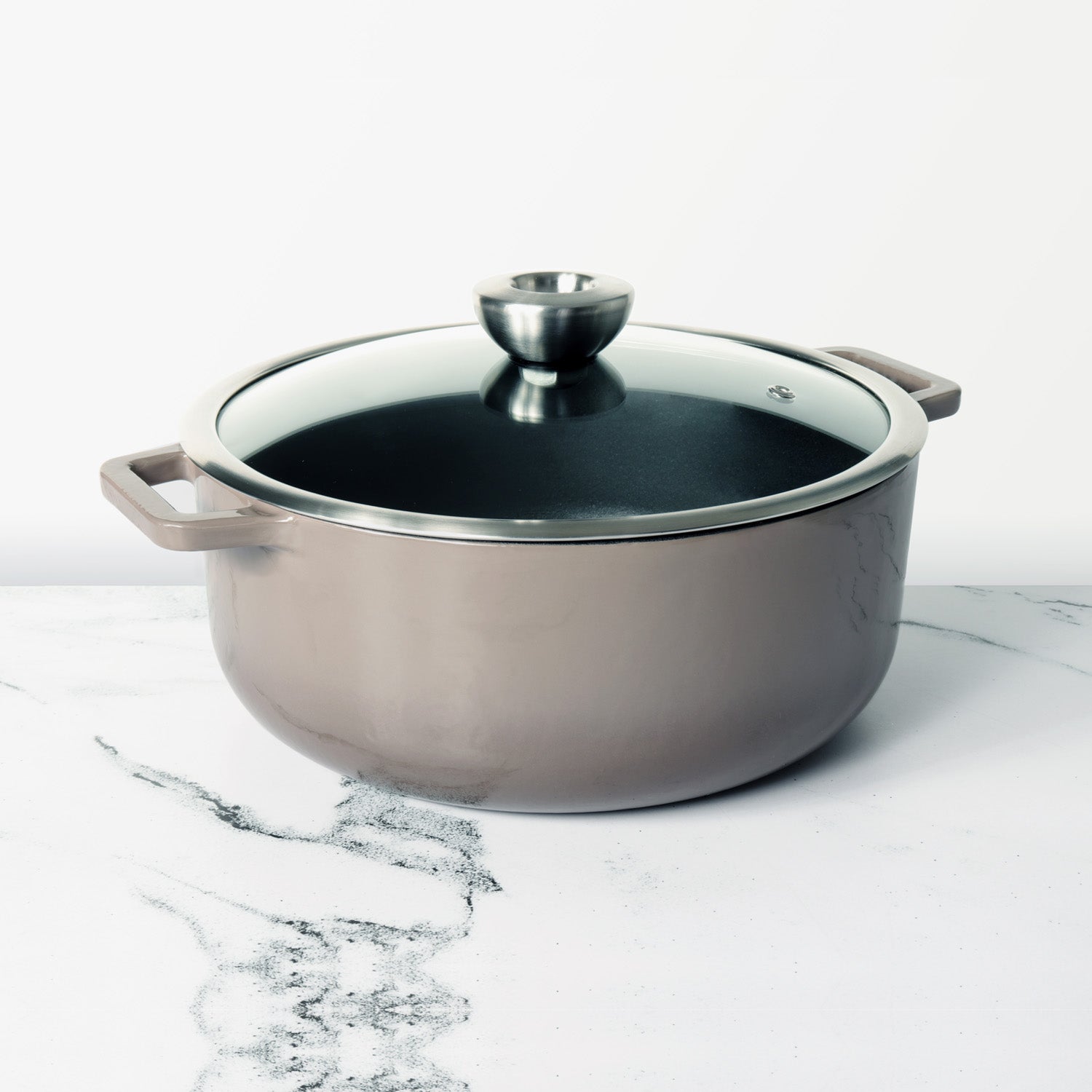A pressure cooker is a kitchen essential that saves time and effort while delivering delicious, well-cooked meals. However, to keep it functioning efficiently and extend its lifespan, regular maintenance is essential. Proper care ensures safety, improves performance, and prevents damage over time. Here are some key maintenance tips to help keep your pressure cooker in top condition.
Table of Contents
- Clean Your Pressure Cooker After Every Use
- Check and Clean the Pressure Release Valve
- Inspect the Rubber Gasket Regularly
- Avoid Overfilling the Cooker
- Use the Right Cooking Utensils
- Store Properly When Not in Use
- Handle with Care to Prevent Dents and Damage
- Use the Right Heat Settings
- Replace Worn-Out Parts on Time
- Follow Manufacturer’s Instructions
- Conclusion
Clean Your Pressure Cooker After Every Use
Regular cleaning prevents food buildup, odors, and potential damage. After each use, wash the cooker thoroughly with warm water, mild detergent, and a soft sponge. Avoid using harsh scrubbers or steel wool, as they can scratch the surface, especially on stainless steel or non-stick-coated models.
-
For Stainless Steel Cookers: Use a vinegar and water solution to remove stains and maintain shine.
-
For Aluminum Cookers: Avoid harsh chemicals that can cause discoloration.
Check and Clean the Pressure Release Valve
The pressure release valve controls the release of steam, ensuring safe pressure levels inside the cooker. If it gets clogged with food particles, it can lead to unsafe pressure buildup.
-
Remove the valve and clean it with warm water and a soft brush.
-
Ensure that it is free of obstructions before using the cooker.
Inspect the Rubber Gasket Regularly
The rubber gasket (sealing ring) plays a crucial role in maintaining pressure by creating an airtight seal. Over time, it can wear out, become loose, or develop cracks, affecting the cooker's efficiency.
-
Check the gasket for signs of wear or damage every few weeks.
-
Clean it after every use by removing it from the lid and washing it with warm soapy water.
-
Replace the gasket annually or earlier if it shows signs of wear.
Meyer Trivantage open Tasla ,22cm
Avoid Overfilling the Cooker
Overfilling a pressure cooker can cause food or liquid to block the safety valve, leading to malfunction or excessive pressure buildup.
-
Follow the manufacturer’s recommended fill levels:
-
Never fill more than two-thirds full for regular cooking.
-
For foods that expand, like rice or lentils, fill only halfway.
Use the Right Cooking Utensils
Metal spoons and forks can scratch non-stick pressure cookers, reducing their lifespan. Always use wooden, silicone, or plastic utensils to protect the inner surface.
-
For Stainless Steel Cookers: Metal utensils are fine but should not be used aggressively.
-
For Non-Stick Cookers: Stick to wooden or silicone utensils to prevent coating damage.
Store Properly When Not in Use
Proper storage ensures your cooker stays in good condition and prevents odors or mold from developing.
-
Leave the lid slightly open when storing to allow air circulation and prevent bad smells.
-
Store in a dry place to avoid rusting (especially for aluminum cookers).
Handle with Care to Prevent Dents and Damage
Accidental drops or rough handling can cause dents in aluminum cookers and may damage the safety mechanisms.
-
Place your cooker on a stable surface while cooking.
-
Avoid knocking or dropping the lid, as it can affect the sealing and locking mechanisms.
Use the Right Heat Settings
Excessive heat can cause food to burn, leading to stubborn stains and discoloration.
-
Start on high heat until the cooker reaches pressure, then reduce to low or medium.
-
Avoid dry heating (using the cooker without liquid), as this can damage the base and non-stick coating.
Replace Worn-Out Parts on Time
Over time, essential components like gaskets, safety valves, and handles may wear out. Replacing these parts on time ensures the cooker remains safe and efficient.
-
Check the safety valve regularly. If it shows signs of wear, replace it immediately.
-
Replace the gasket yearly or when it becomes loose or cracked.
-
Ensure handles are secure and replace them if they become loose or damaged.
Follow Manufacturer’s Instructions
Every pressure cooker model has specific maintenance guidelines. Always read the user manual and follow the manufacturer’s recommendations regarding:
-
Compatible cleaning methods
-
Replacement parts and their specifications
-
Proper use of safety features
Conclusion
A well-maintained pressure cooker is safer, more efficient, and longer-lasting. By following these simple maintenance tips, you can keep your cooker in excellent condition for years, ensuring it continues to deliver perfectly cooked meals while maintaining safety and efficiency.












Leave a comment